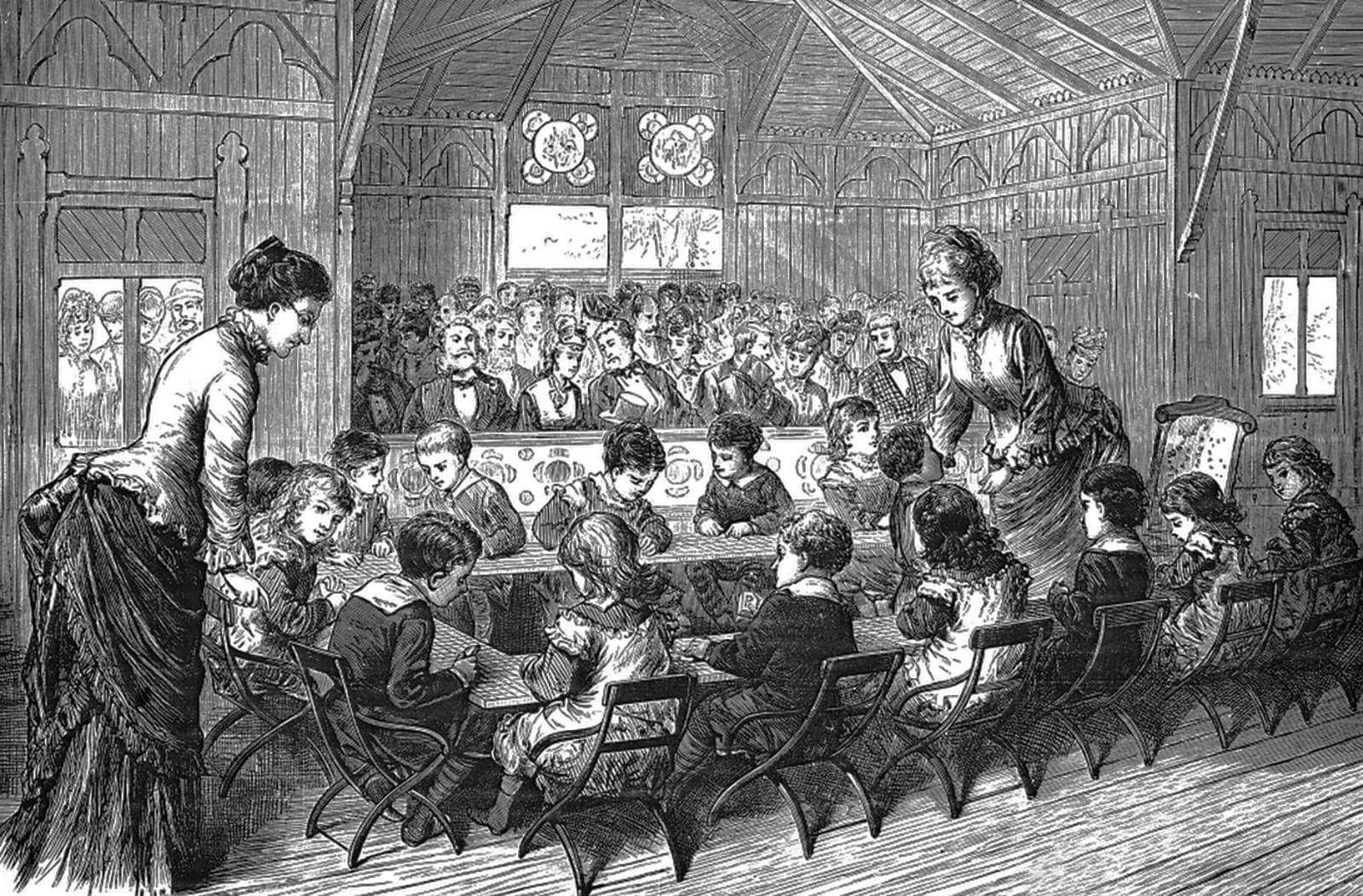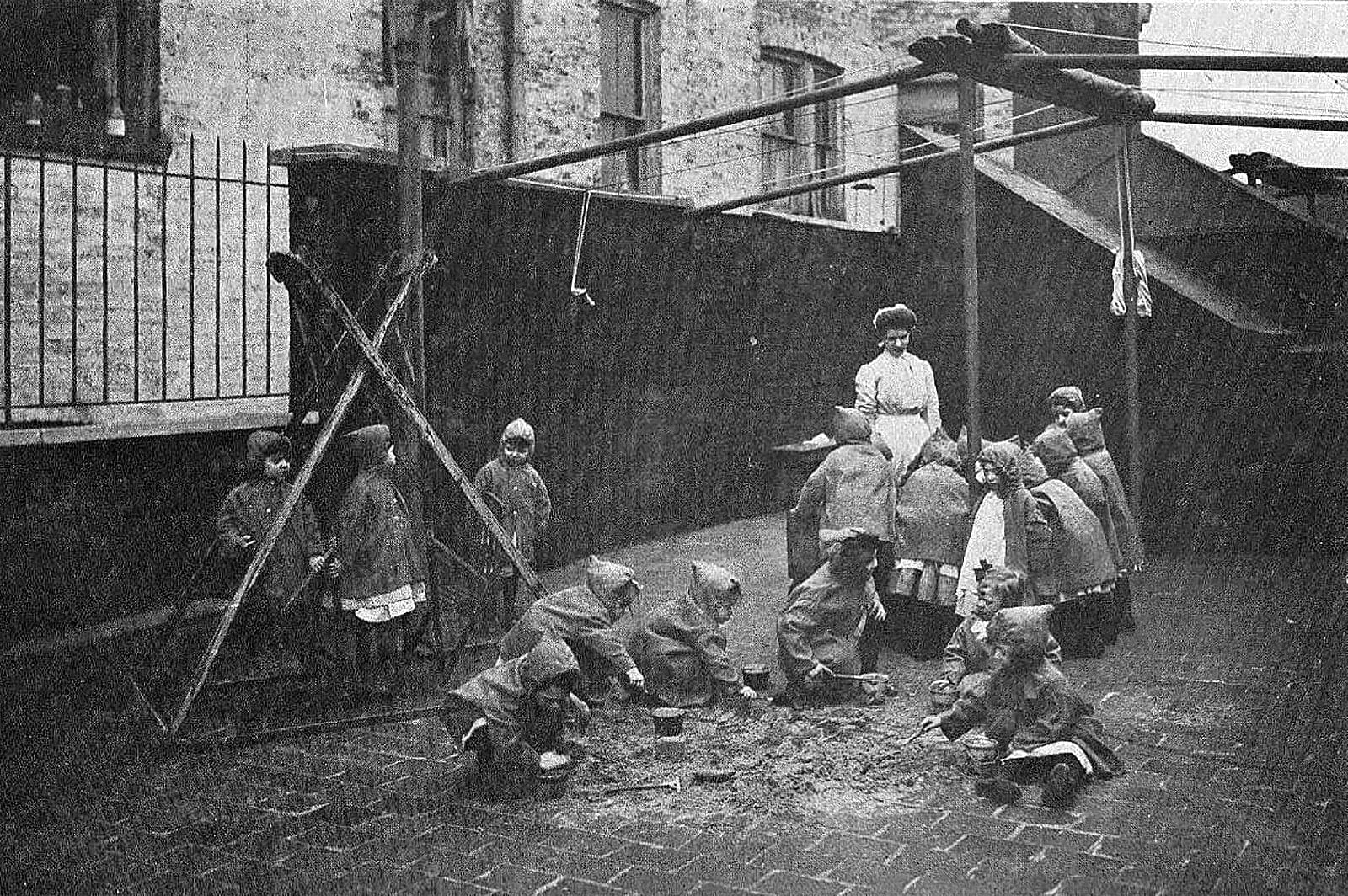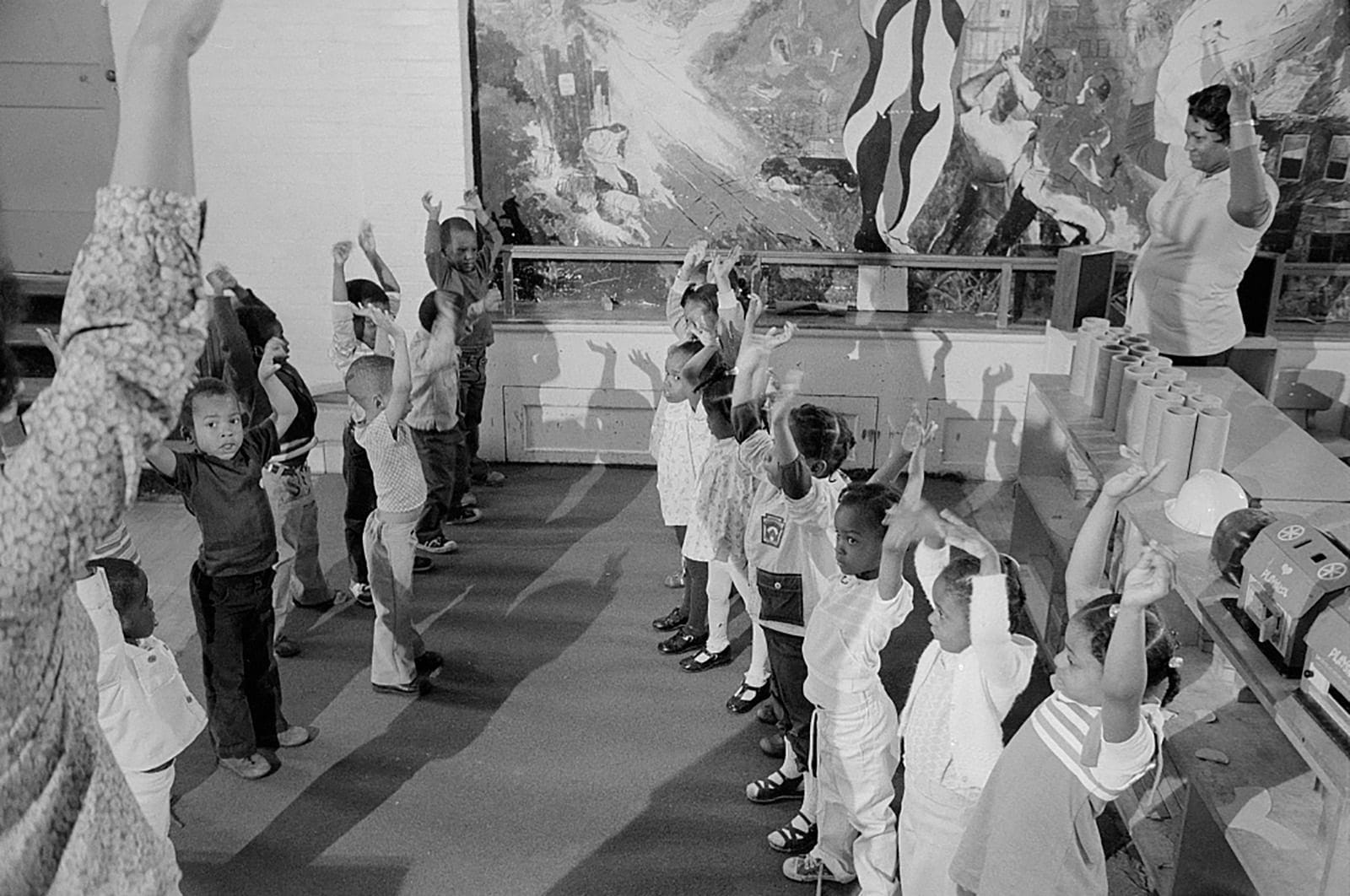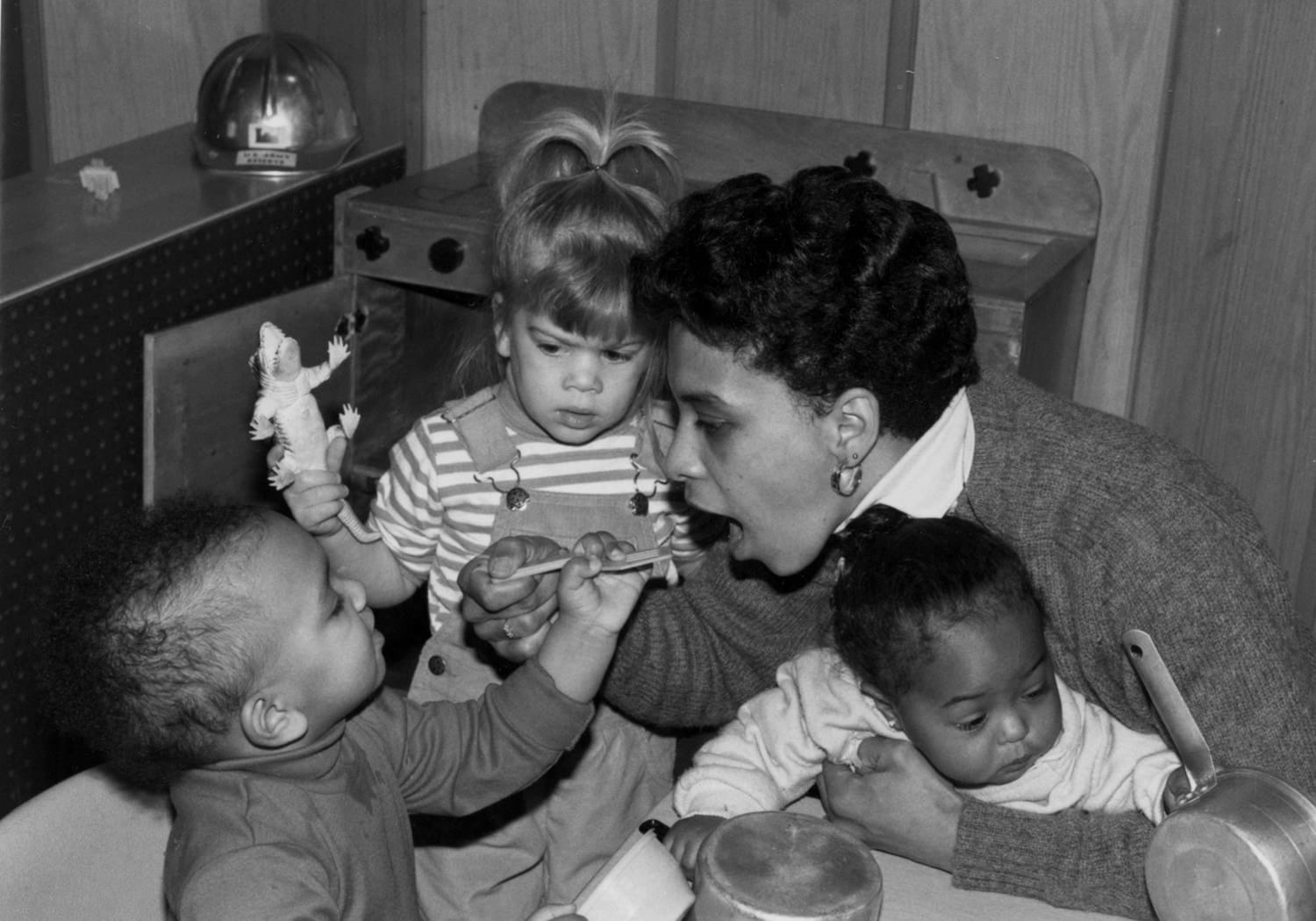Critical Junctures
ECHOES looks at how social, political, and economic conditions shaped ECE from its beginnings and at key turning points and how they continue to shape our present system.
How did we come to have our present-day ECE system?
Use the timeline below to examine turning points in the history of early care and education and explore how politics and political power shape changes over time. Learn how relationships among gender, race, and class became entrenched in the ECE system, suppressing alternative visions and reforms.
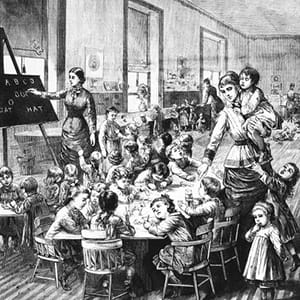
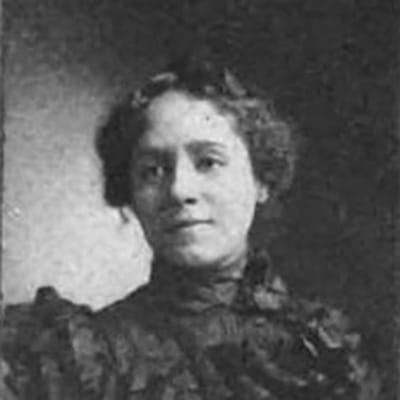



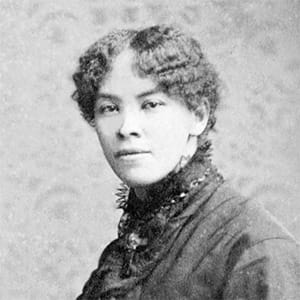




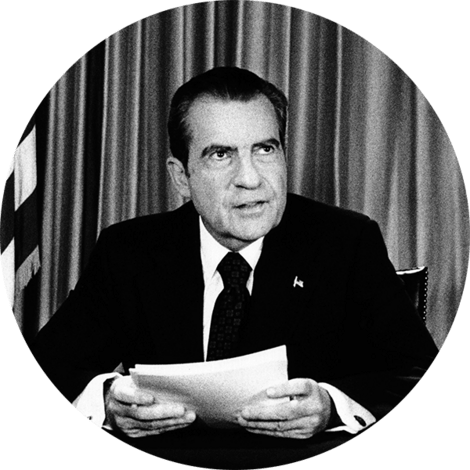

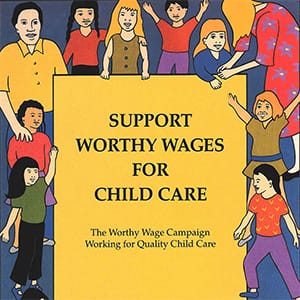



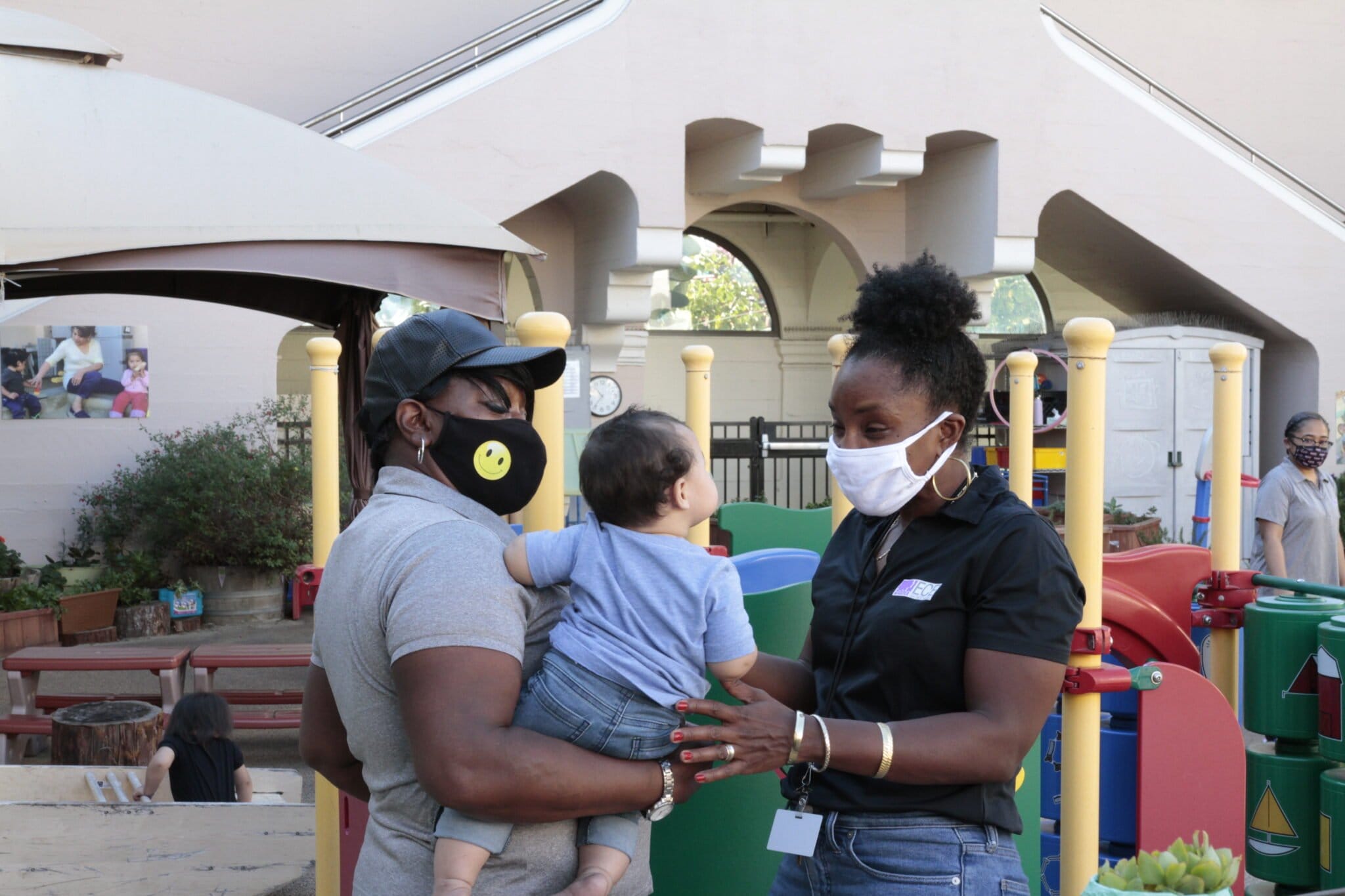
ECHOES Publications
The Kindergarten Lessons We Never Learned
Marcy Whitebook, Claudia Alvarenga, Barbara Zheutlin | September 15, 2022
Working Toward Early Childhood Education Equity
Marcy Whitebook, Rachel E. Williams | September 15, 2022
Rights, Raises, and Respect: The Early Educator Compensation Movement
Peggy Haack, Rosemarie Vardell, Marcy Whitebook | September 15, 2022
Center Educators’ Activism
Ashley Williams, Peggy Haack, Marcy Whitebook | September 15, 2022
Uncovering the Role of Early Childhood in Black Women’s Clubs Work Towards Racial and Gender Justice
Rachel E. Williams | September 15, 2022
Anna Evans Murray: Visionary Leadership in Public Kindergartens and Teacher Training
Marcy Whitebook, Rachel E. Williams | March 17, 2021
Haydee B. Campbell: Expanding Education for Black Children and Opportunities for Black Women
Rachel E. Williams, Marcy Whitebook | February 25, 2021
Josephine Silone Yates: Pedagogical Giant and Organizational Leader in Early Education and Beyond
Rachel E. Williams | February 4, 2022
